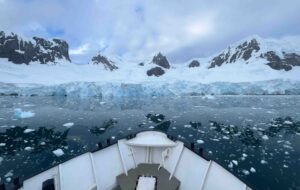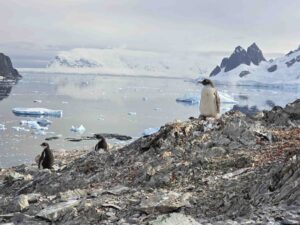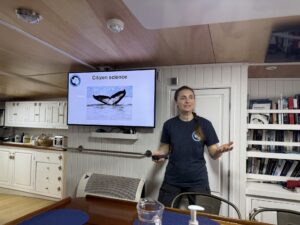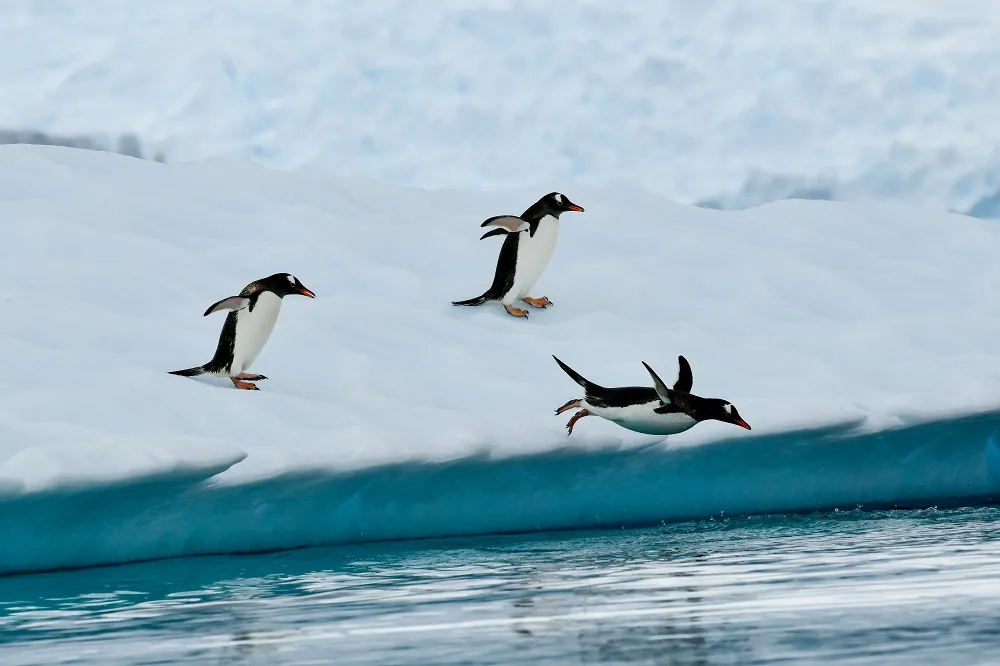Trees, Diving, and Cool Science
Hans Hansson Science update from the Chilean Fjords
Hans Hansson Blog 2018-11-29
On Friday, November 23, under mixed sun with occasional sprinkles, the crew anchored within Bahia Brooks, after dropping scientists off onshore to take tree core samples and to look for evidence of cultural use of trees. Core samples are helpful in understanding tree growth patterns. Scientists documented examples of historic use of sites, including but not limited to bark peeled trees. Indigenous peoples around the world are known to have peeled the outer bark from trees in order to access an inner layer, high in nutrients, vitamins and minerals, as a food source when other food was scarce. The early people of Chile are no exception.
 Tree core samples, sediment and water samples, and feces samples will be taken back to laboratories for deeper analysis. After the completion of the expedition scientists will be analyzing video footage from drones and hand held cameras and photographs and field notes for additional information.
Tree core samples, sediment and water samples, and feces samples will be taken back to laboratories for deeper analysis. After the completion of the expedition scientists will be analyzing video footage from drones and hand held cameras and photographs and field notes for additional information.
Saturday, November 24, was a transit day and, as during most days — and sometimes twice a day! — scientists collected plankton samples from the water column, and sediment samples from the bottom. We returned to Punta Arenas on Sunday to drop off three members and board five new expedition members.
The Hans Hansson left Punta Arenas for the second half of the Expedition on Monday afternoon and spent the night in a sheltered bay in Paso del Hombre.
 Tuesday morning we were off under cloudy skies and in rough seas for the southern Chilean fjords. By mid-morning we were transiting through Parque Marino Francisco Coloane. Mid-day, a team of forest scientists went ashore to collect forest data and a second team of divers and support people headed off in a Zodiac to their dive site. A third team stayed aboard and collected sediment and water column samples. Wednesday morning dawned clear and sunny with flat seas. A perfect day of work in the forest and in the ocean.
Tuesday morning we were off under cloudy skies and in rough seas for the southern Chilean fjords. By mid-morning we were transiting through Parque Marino Francisco Coloane. Mid-day, a team of forest scientists went ashore to collect forest data and a second team of divers and support people headed off in a Zodiac to their dive site. A third team stayed aboard and collected sediment and water column samples. Wednesday morning dawned clear and sunny with flat seas. A perfect day of work in the forest and in the ocean.
The forest team went along Rio Batchelor to take core samples and photographs in the Coigüe-Canelo forest while the dive team was diving in the kelp forest off of Isla Carlos III and taking video of sea lions swimming around them. The sediment team, working from the aft deck, collected samples from the ocean bottom and plankton samples from the water column.
Captain Fede joined the forestry team along the river, flying his drone to assist with data capture, by taking aerial photos of the forest, beach and river. It was a successful and memorable day.
The forestry team reported that the old-growth forest in Rio Batchelor is unique, having traces of human use from many cultures over the course of several centuries. The team found that the Canelo has regenerated in gaps in the old growth forest following abandonment of human use of the area. Scientists hope to better understand and value the Kawéskar legacy embedded in the trees by studying cultural marks in trees.
The underwater dive team took video footage of sea lions swimming through kelp forests. The video shows sea lions gliding gracefully and seemingly effortlessly through a waving kelp forest. Americo (sediment team) emphasized the importance of understanding invertebrates in the benthic zone (on and near the bottom) if we want to understand the biodiversity of the shallow areas of the fjords. Chaetropterus (torpedo worm), found in bottom samples, is an excellent representative for this ecosystem. More than 20 invertebrate species and macroalgae were identified in this ecosystem.
In the next blog we will introduce Expedition Team members and share new adventures!









